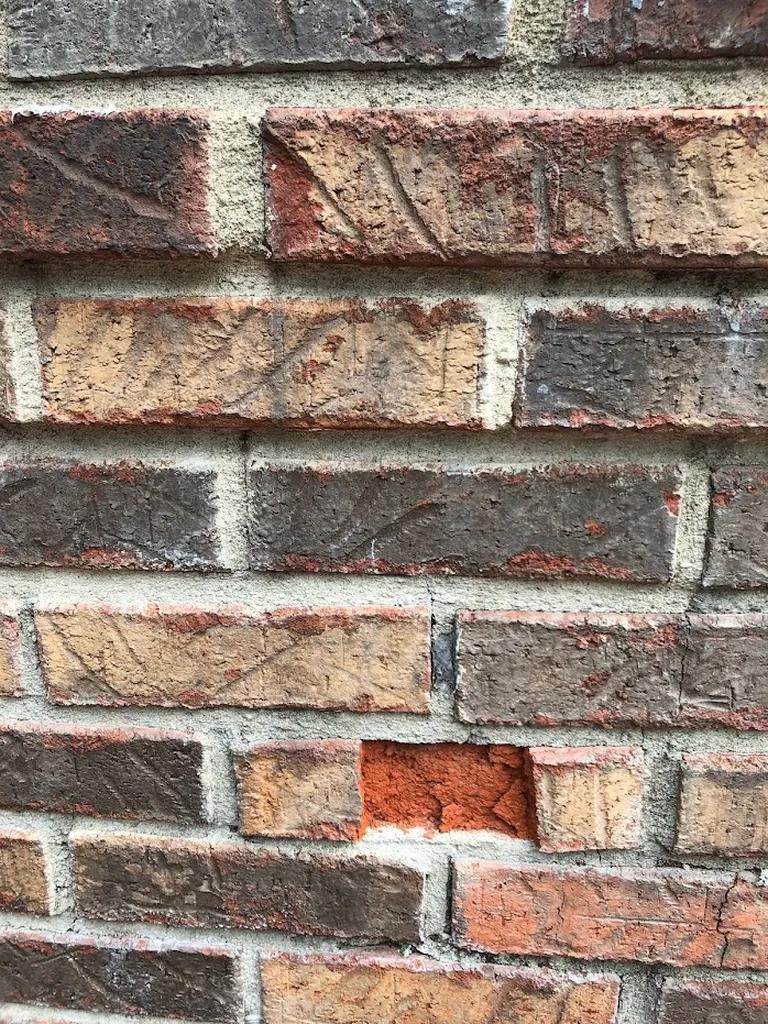Fireplaces are a beloved feature in many homes, providing warmth and ambiance during the cold winter months. However, over time, the mortar that holds the bricks or stones of a fireplace together can deteriorate, leading to crumbling and potential safety hazards. Understanding the causes and implications of fireplace mortar crumbling is essential for maintaining the safety and functionality of your fireplace. In this article, we will explore the common reasons for mortar deterioration, signs to look out for, and steps to prevent and address this issue.
Table of Contents
- Common Causes of Fireplace Mortar Crumbling
- Signs of Deteriorating Fireplace Mortar
- Implications of Ignoring Crumbling Fireplace Mortar
- Essential Steps for Repairing Fireplace Mortar
- Q&A
- Key Takeaways

Common Causes of Fireplace Mortar Crumbling
When it comes to identifying the root causes of fireplace mortar crumbling, it is essential to consider several factors that may contribute to this issue. One common reason for deteriorating mortar is excessive exposure to heat. Over time, the constant heat from the fire can weaken the mortar, causing it to crumble and crack. Inadequate maintenance and cleaning can also lead to mortar deterioration, as accumulated soot and debris can wear down the mortar’s integrity.
Another factor to consider is moisture penetration. Water from rain or snow can seep into the mortar joints, causing them to expand and contract as they freeze and thaw. This continuous cycle weakens the mortar over time, leading to eventual crumbling. Additionally, improper installation or using low-quality mortar mix can also result in premature deterioration of fireplace mortar.

Signs of Deteriorating Fireplace Mortar
When it comes to ensuring the safety and efficiency of your fireplace, keeping an eye on the condition of the mortar is crucial. Over time, fireplace mortar can deteriorate, leading to potential hazards and a decrease in performance. One of the most common is crumbling or missing mortar joints. This can occur due to a variety of reasons, including age, weather exposure, and improper installation.
Additionally, excessive smoke or odors coming from your fireplace can be an indication of deteriorating mortar. As the mortar breaks down, it can allow smoke and odors to escape into your home instead of being properly vented through the chimney. If you notice any of these signs, it’s important to address the issue promptly to prevent further damage and ensure the safety of your home.

Implications of Ignoring Crumbling Fireplace Mortar
Ignoring crumbling fireplace mortar can lead to serious safety hazards and costly repairs down the road. When the mortar between the bricks starts to deteriorate, it weakens the structural integrity of the fireplace and increases the risk of fires. The gaps left by deteriorating mortar allow heat and sparks to escape, potentially igniting nearby combustibles.
Furthermore, moisture can seep into these gaps, causing further damage to the bricks and mortar. This can lead to even more extensive repairs and expenses. It is essential to address crumbling fireplace mortar promptly to ensure the safety and longevity of your fireplace.
Essential Steps for Repairing Fireplace Mortar
When dealing with fireplace mortar crumbling, it’s crucial to take the necessary steps to repair it properly. Here are some essential tips to guide you through the process:
- Assess the Damage: Start by examining the extent of the damage to determine the best course of action.
- Chisel Out the Loose Mortar: Use a chisel and hammer to carefully remove any loose or crumbling mortar from the joints.
- Mix New Mortar: Prepare a fresh batch of mortar according to the manufacturer’s instructions.
- Apply the New Mortar: Use a trowel to fill in the gaps left by the removed mortar, making sure to smooth it out evenly.
| Materials Needed |
|---|
| Masonry chisel |
| Hammer |
| Trowel |
| Mortar mix |
By following these essential steps, you can effectively repair fireplace mortar crumbling and ensure the safety and integrity of your fireplace. Remember to always prioritize safety and take your time to properly address any issues with your fireplace mortar.
Q&A
Q: What causes fireplace mortar to crumble?
A: Fireplace mortar can crumble due to various reasons, such as age, exposure to moisture, extreme temperatures, and improper installation.
Q: How can I tell if my fireplace mortar is crumbling?
A: Signs of crumbling fireplace mortar include visible cracks, gaps between bricks, and debris falling from the mortar joints.
Q: Why is it important to address crumbling fireplace mortar?
A: Crumbling fireplace mortar can affect the structural integrity of the fireplace and pose a safety hazard. It can also lead to heat loss and reduced efficiency.
Q: How can I prevent fireplace mortar from crumbling?
A: To prevent fireplace mortar from crumbling, ensure proper installation by a professional, maintain a dry chimney, and address any issues promptly to avoid moisture infiltration.
Q: What are the potential solutions for repairing crumbling fireplace mortar?
A: Repair options for crumbling fireplace mortar may include repointing (replacing the mortar between bricks), sealing cracks, and installing a chimney cap to prevent water damage. Consult with a professional for the best solution for your situation.
Q: Is it safe to use a fireplace with crumbling mortar?
A: It is not safe to use a fireplace with crumbling mortar, as it can lead to potential hazards such as chimney fires and carbon monoxide leaks. Get the fireplace inspected and repaired before using it again.
Key Takeaways
In conclusion, understanding fireplace mortar crumbling is crucial for maintaining the safety and efficiency of your fireplace. By identifying the causes and taking the necessary steps to address them, you can prevent further damage and extend the lifespan of your fireplace. Remember to inspect your fireplace regularly and consult with a professional if you notice any signs of mortar deterioration. With proper care and maintenance, your fireplace can continue to provide warmth and comfort for years to come. Thank you for reading.


